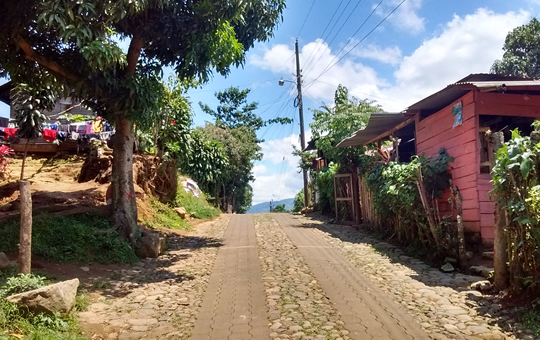Inclusion, equality and assimilationism in schools with socioeconomic diversity
DOI:
https://doi.org/10.5027/psicoperspectivas-Vol21-Issue3-fulltext-2766Keywords:
habitus, inclusion, school segregation, social differences, student diversityAbstract
In this article we analyze the findings of a case study in two Chilean schools with exceptional levels of socioeconomic heterogeneity among their students, prior to the implementation of educational policies that seek to reduce segregation and increase social diversity in schools, as is the Inclusion Law. Guided by a discussion of the concepts of Pierre Bourdieu, the analysis of interviews with teachers, headteachers and deputy headteachers reveal an ambivalent attitude towards socioeconomic differences and mix in schools. On the one hand, these differences are valued and associated with benefits for all students, mainly the development of egalitarian dispositions, such as attitudes to relate respectfully and empathically with others. On the other hand, there is a concern about making socioeconomic differences invisible in daily life to promote social equality in the school space. We argue that this invisibility is articulated at the cost of assimilating the poorest students, which poses limitations for social inclusion in these schools despite their exceptional openness to social mix. We discuss some key elements to consider in promoting non-assimilationist school inclusion and democratic ‘convivencia'.Downloads
Published
2022-11-06
How to Cite
Mendoza-Horvitz, M. (2022). Inclusion, equality and assimilationism in schools with socioeconomic diversity. Psicoperspectivas, 21(3). https://doi.org/10.5027/psicoperspectivas-Vol21-Issue3-fulltext-2766
Issue
Section
Research Articles
License
All manuscript will be published under the Creative Commons 4.0 International License.

